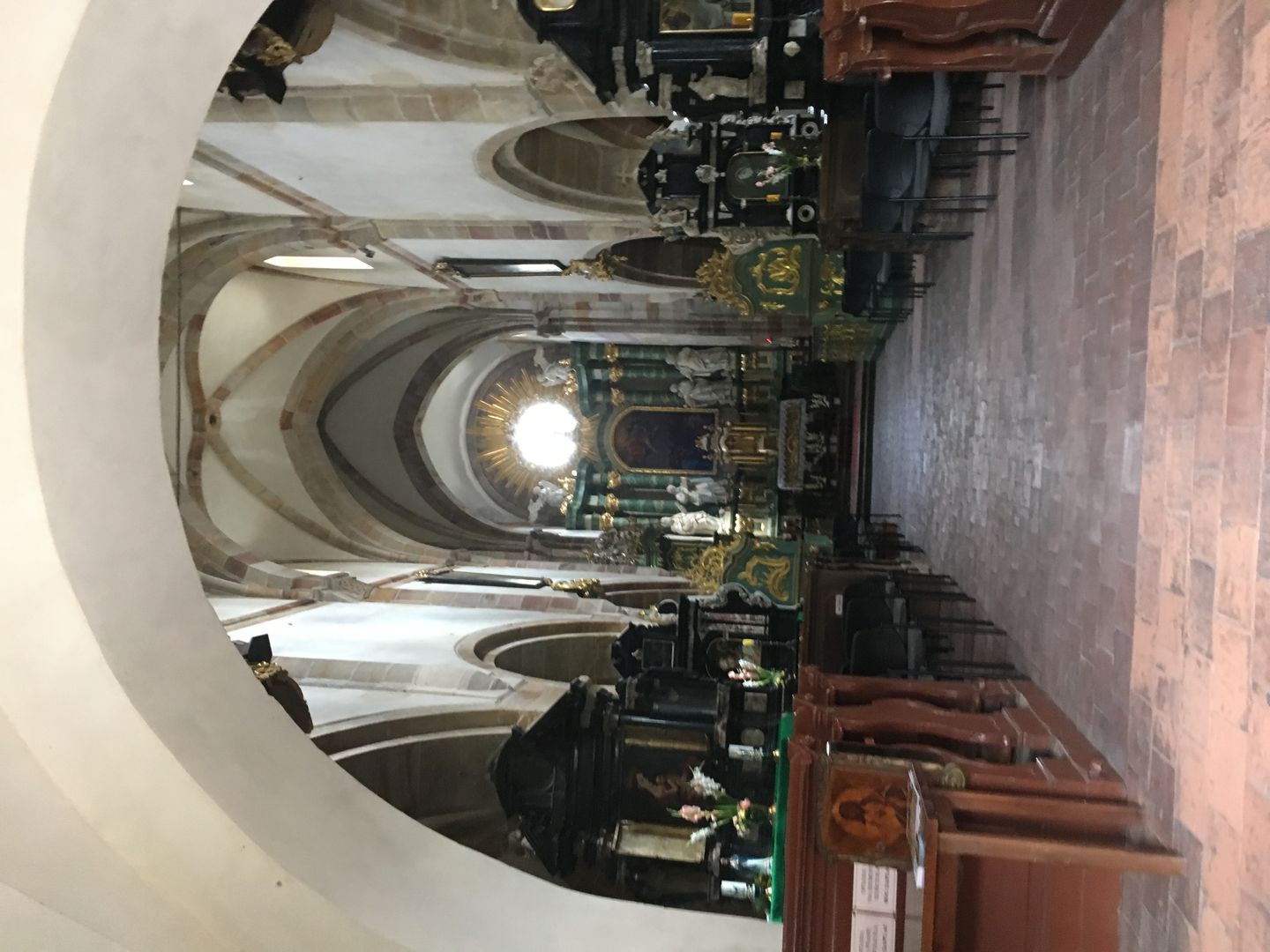Sulejów Cistercian Abbey
8.22

Overview
The Cistercian abbey complex in Sulejów, located in Podklasztorzu, is one of the best-preserved examples of Romanesque architecture in Poland. The Church of St. Thomas of Canterbury, a three-nave basilica with a transept, was consecrated in 1232, retaining its intact Romanesque structure and decorations, including the portal and the rose window. The interior combines Romanesque and Gothic styles, with impressive vaulting and Baroque furnishings. Part of the monastery, the eastern wing, contains a late Romanesque chapter house and Gothic cloisters. The monastery was founded in 1176 by Duke Casimir II the Just, who brought the Cistercians from the Morimond Abbey. Over the centuries, the monastery grew thanks to donations but had to face numerous challenges, such as Mongol invasions or disputes with the competing Norbertine monastery. Later endowments from Polish kings and noble families played a significant role in the abbey's development. In the 16th century and later, the monastery underwent numerous expansions, including the construction of defensive walls. In the 17th century, the abbey became commendatory, which led to a decline in its importance, yet it hosted rulers such as Władysław Jagiełło and Casimir the Great. After the partitions of Poland, the monastery was dissolved in 1819, and its assets were taken over by the government. In the 20th century, the complex suffered significant damage, but thanks to the local community and foundations, conservation work began. Today, restoration is ongoing in Sulejów, and the cultural appeal of the site is growing, including the establishment of a hotel and a restaurant. Interestingly, some scenes of the film "Private Investigation" were shot at the abbey. Since then, the monastery complex has not only been appreciated as a historical monument but also actively participates in the life of the local community.
Location
2025 Wizytor | All Rights Reserved